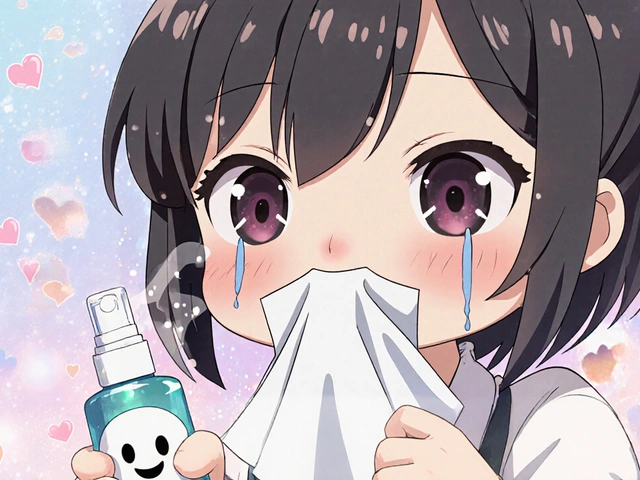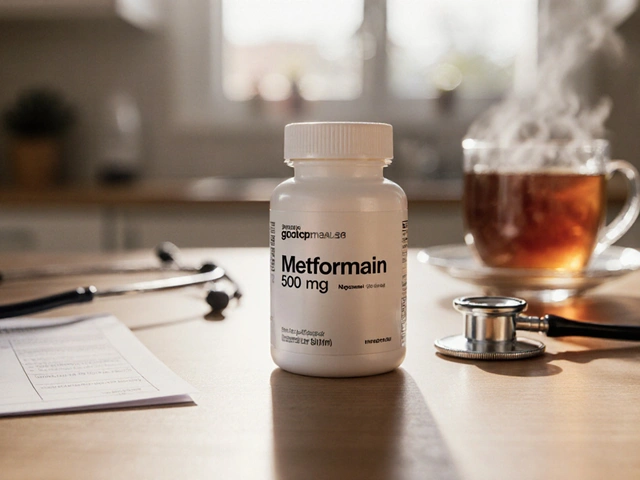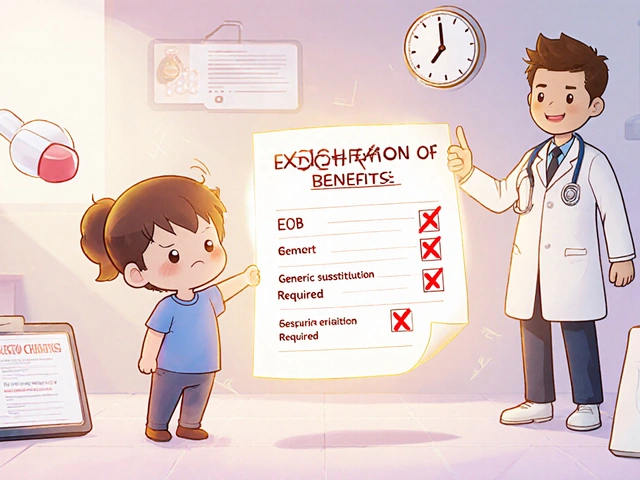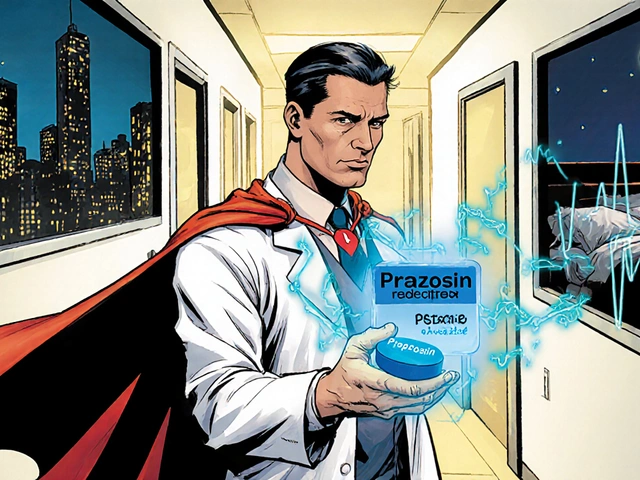Prednisolone Eye Drops: What They Are and How They Help
If you’ve ever been told to use prednisolone eye drops, you probably wonder why a steroid belongs in your eye bottle. In short, prednisolone is a powerful anti‑inflammatory medicine that calms swelling, redness, and pain caused by eye conditions. Doctors prescribe it for things like uveitis, postoperative inflammation, allergic reactions, and even certain infections where inflammation can worsen damage.
Because it’s a steroid, you need to follow the plan carefully. Overusing it can raise pressure inside the eye or cause cataracts, so the key is to use the right dose for the right amount of time. Below we break down the most common reasons to get prednisolone drops, how to apply them, and what to watch out for.
When Are Prednisolone Eye Drops Prescribed?
Eye doctors usually turn to prednisolone when regular lubricating drops aren’t enough. Typical scenarios include:
- Uveitis: Inflammation of the middle layer of the eye that can blur vision and cause light sensitivity.
- Post‑surgery inflammation: After cataract or LASIK procedures, the eye often swells a bit; prednisolone helps it settle faster.
- Severe allergic conjunctivitis: When pollen or chemicals trigger intense redness and itching that doesn’t respond to antihistamine drops.
- Corneal abrasions or burns: In some cases, limiting inflammation protects the cornea while it heals.
In each case, the doctor will decide on the strength (usually 0.125% to 1%) and the schedule—sometimes several drops a day, other times just once before bedtime.
How to Use Prednisolone Eye Drops Safely
Applying eye drops might feel awkward, but a few simple steps keep you safe:
- Wash your hands. Clean hands prevent germs from entering the eye.
- Shake the bottle if instructed. Some formulations need mixing.
- Tilt your head back and pull down the lower eyelid. This creates a pocket for the drop.
- Drop the prescribed amount. Usually one drop per eye unless the doctor says otherwise.
- Close your eye gently. Press the inner corner (near your nose) for about 30 seconds to stop drainage into the tear duct.
- Wait before using another product. Give at least 5 minutes if you need to apply another eye medication.
Stick to the schedule exactly. Missing doses can let inflammation flare up again, while using extra drops can raise the risk of side effects like increased intra‑ocular pressure (IOP) or cataract formation.
If you notice any of these signs—blurred vision, eye pain, new floaters, or a halo around lights—contact your eye doctor right away. They may lower the dose or switch you to a milder drop.
Don’t share the bottle with anyone else, and throw away any dropper that looks dirty or cracked. Most eye drop bottles have an expiration date; once it passes, the medication can lose potency or become contaminated.
Finally, remember that prednisolone is part of a broader treatment plan. Your doctor might suggest lubricating drops, sunglasses, or lifestyle changes (like avoiding smoke) to support recovery.
By understanding why prednisolone eye drops are prescribed and following a simple, clean application routine, you give your eyes the best chance to heal quickly and stay healthy.
Pred Forte (Prednisolone) vs. Alternative Eye Drops - What’s Best for Ocular Inflammation?

A practical comparison of Pred Forte (prednisolone) with other steroid and non‑steroid eye drops, covering potency, dosing, side‑effects and safety tips.
read more



